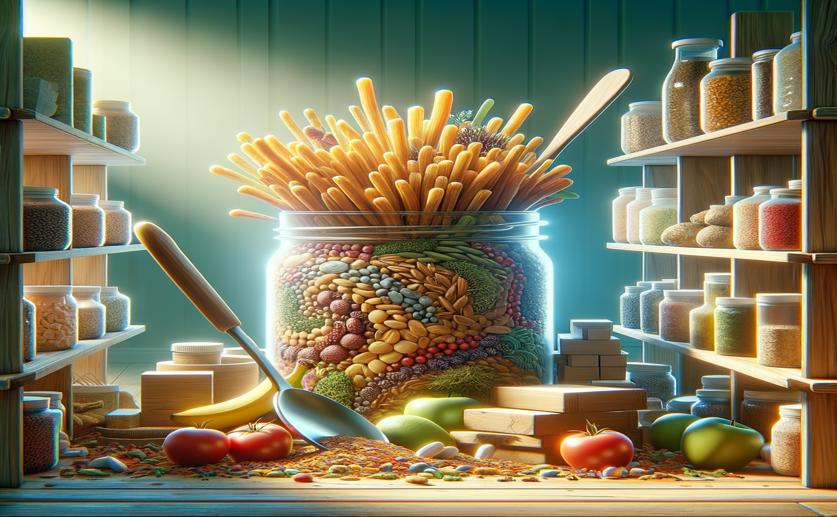
Probiotic Survival and Shelf Life of High-Fiber Plant Snack - Study
Jim Crocker
28th May, 2024

Image Source: Natural Science News, 2024
Key Findings
- The study by Warsaw University of Life Sciences developed plant-based snacks high in fiber and probiotics, suitable for long-term storage
- Microencapsulated probiotics had the highest survival rate at 4°C, while freeze-dried probiotics fared better at 20°C
- Probiotics survived best in snacks with low water activity peanut butter filling, maintaining viability for five months at room temperature
References
Main Study
1) Probiotic Bacteria Survival and Shelf Life of High Fibre Plant Snack - Model Study
Published 27th May, 2024
https://doi.org/10.1007/s11130-024-01196-5
Related Studies
2) Safety, probiotic properties, antimicrobial activity, and technological performance of Lactobacillus strains isolated from Iranian raw milk cheeses.
3) The International Scientific Association for Probiotics and Prebiotics (ISAPP) consensus statement on the definition and scope of synbiotics.
4) Cellulase-Xylanase-Treated Guava Purée by-Products as Prebiotics Ingredients in Yogurt.



 17th May, 2024 | Jenn Hoskins
17th May, 2024 | Jenn Hoskins